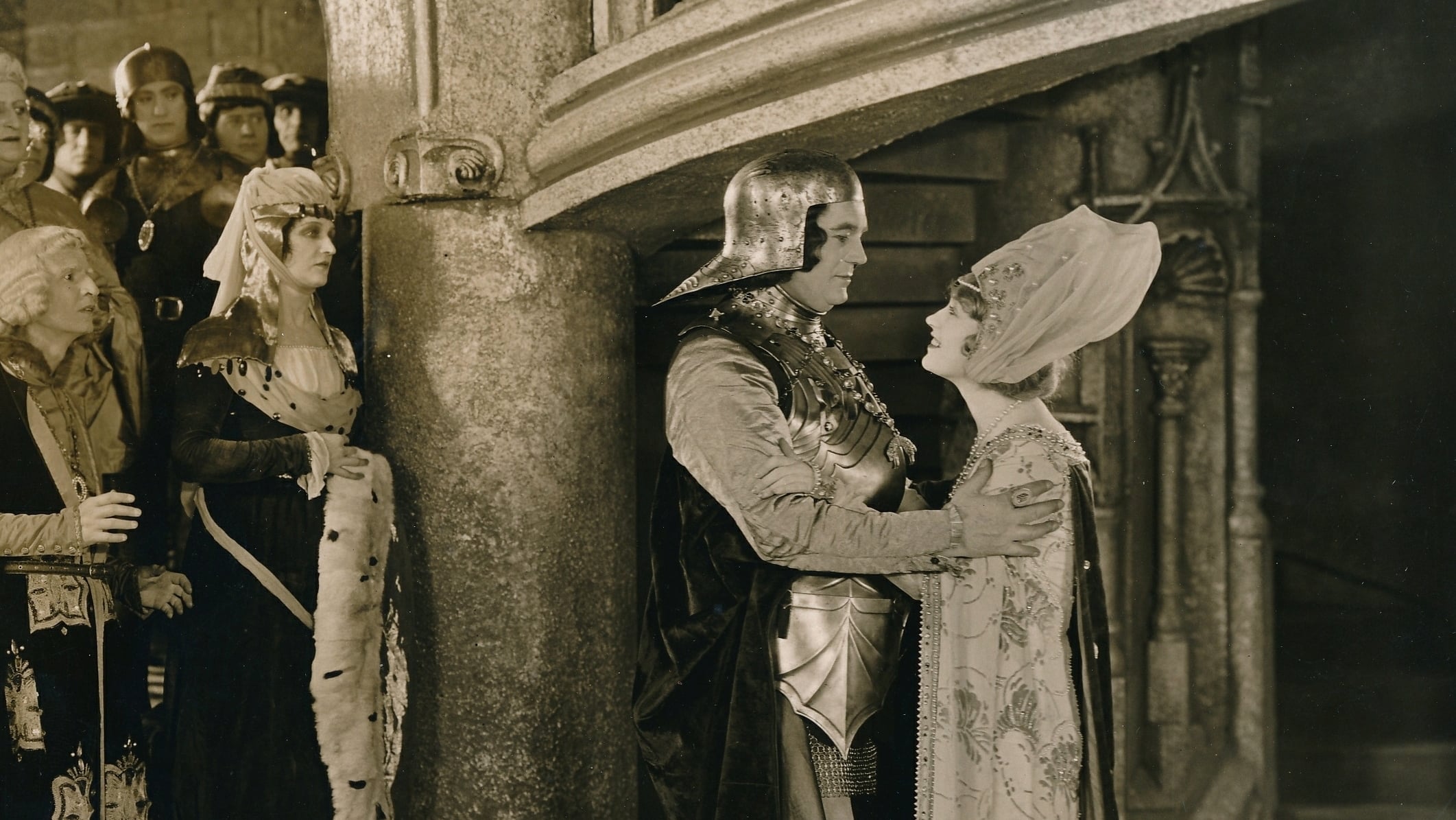
The Alhambra Theater in Shelbyville, Indiana, showing the film. Hearst commissioned two songs from Victor Herbert: "The When Knighthood Was in Flower Waltz" and "The Marion Davies March," which were played at the New York premiere. The scene and the dance were filmed on the Laddins Rock Farm in Stamford/Old Greenwich, Connecticut. The barge was a full-sized replica built in Bridgeport, Connecticut. Marion Davies makes her entrance coming down the river on a royal barge. According to Variety, William Randolph Hearst launched "the most expensive and extensive campaign that has ever been organized for anything theatrical", with over 650 billboards in New York, 300 subway advertising placards, special booths in department stores that sold souvenir books, and a dazzling string of electric signs that pervaded Times Square, upon which Will Rogers quipped that Davies's next film would be titled When Electric Light Was in Power. With an estimated cost of $1,500,000, it was considered by Life "the most expensive film that has ever been produced" in 1922. Powell)Įxteriors were shot at Windsor Castle, England.

The film was produced by William Randolph Hearst (through his Cosmopolitan Productions) for Marion Davies and distributed by Paramount Pictures.

Vignola, based on the novel by Charles Major and play by Paul Kester. When Knighthood Was in Flower is a 1922 American silent historical film directed by Robert G.


 0 kommentar(er)
0 kommentar(er)
